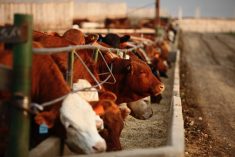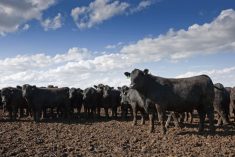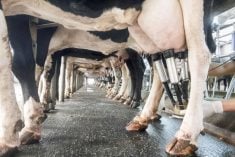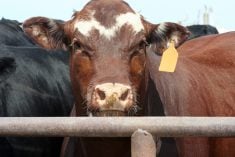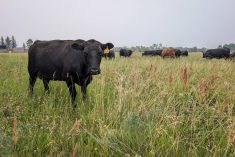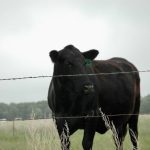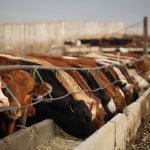Chicago | Reuters – The total number of U.S. cattle fell to its lowest level since 1951 as of Jan. 1, in the herd’s fifth consecutive year of decline, U.S. Department of Agriculture data showed on Wednesday.
Ranchers have slashed their herds as dry weather in the western U.S. reduced the land available for grazing and raised feeding costs, tightening cattle supplies and pushing up beef prices.
All cattle and calves totaled 87.2 million head at the start of 2024, down 2 per cent from a year earlier, the USDA said.
Read Also

JBS profit falls amid still-challenging US market environment
JBS, the world’s largest meat company, reported a net profit fall in the third quarter in spite of a rise in global net sales amid a still-challenging beef market environment in the U.S., according to an earnings statement on Thursday.
The number of beef cows was also down 2 per cent, at 28.2 million head, which was the lowest since 1961. A year ago, the beef cow herd hit its lowest level since 1962. Since then, the number of dairy cows eased 0.4 per cen to 9.4 million head.
Easing dryness could encourage ranchers to start rebuilding their beef herds later this year, analysts said. As of Jan. 23, 49 per cent of the nation’s cattle areas were considered abnormally dry, down from 72 per cent a year earlier, according to the U.S. Drought Monitor.
Analysts said producers in the fourth quarter may start to keep heifers, or young female cows, on farms to reproduce, instead of sending them to slaughter.
“We’re definitely looking at tighter supplies,” said Arlan Suderman, chief commodities economist for brokerage StoneX. “The question is: will demand be there?”
The U.S. has increased beef imports and reduced exports to compensate for the diminished herd. The USDA estimates beef imports reached 3.71 billion pounds in 2023, up 9.3 per cent from the previous year, and predicts they will rise to 3.77 billion pounds in 2024.





